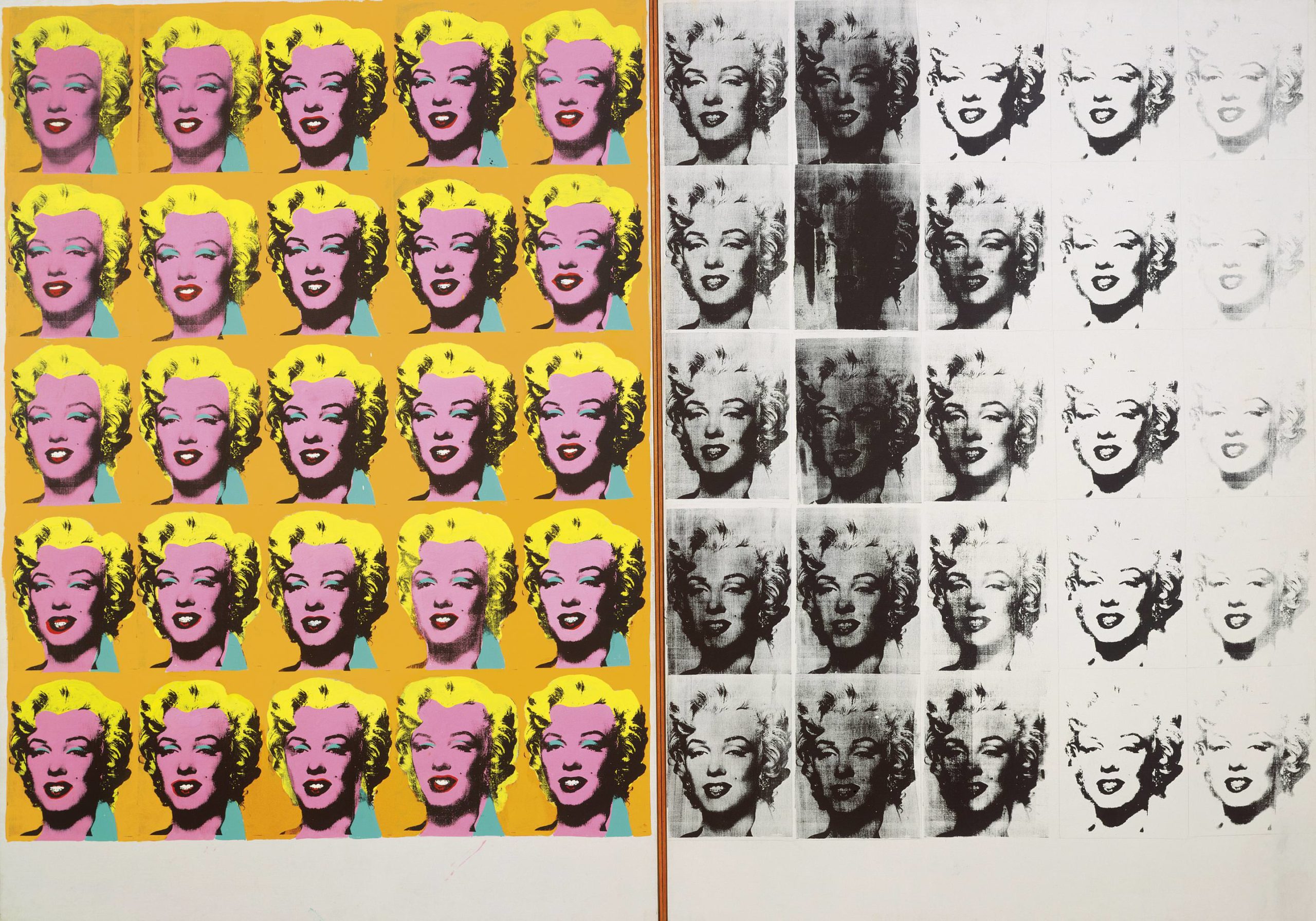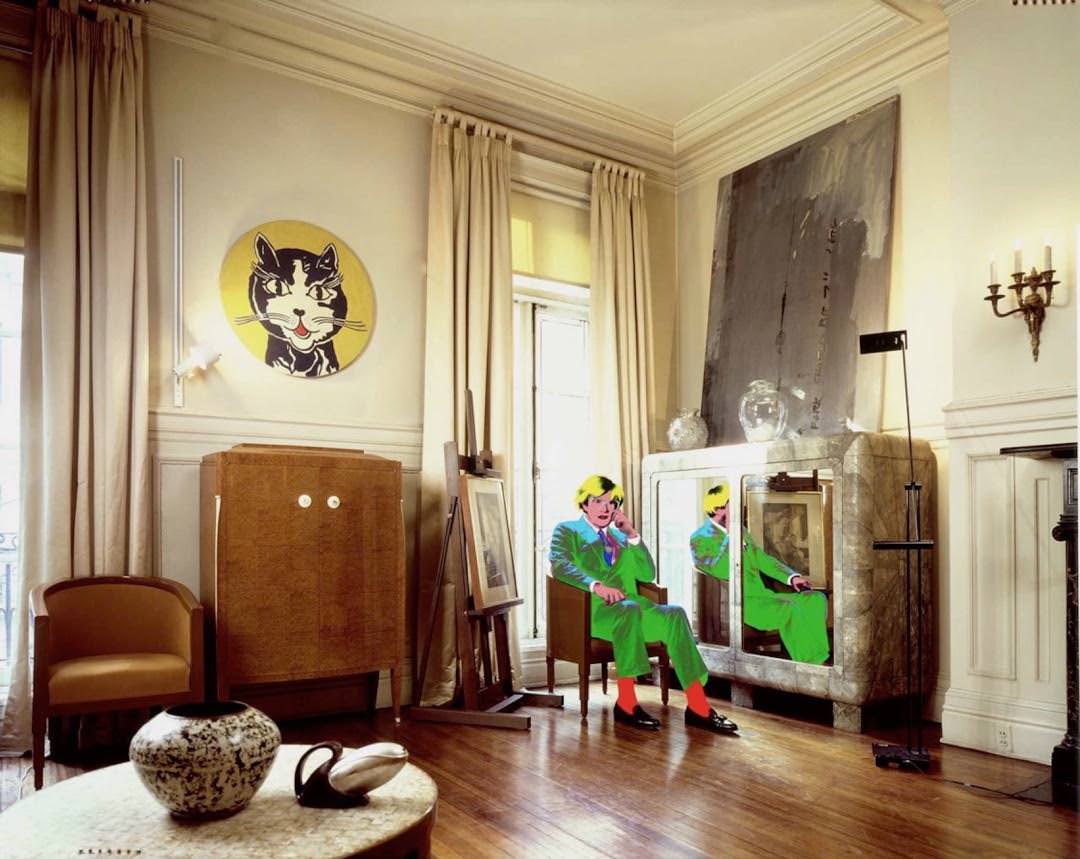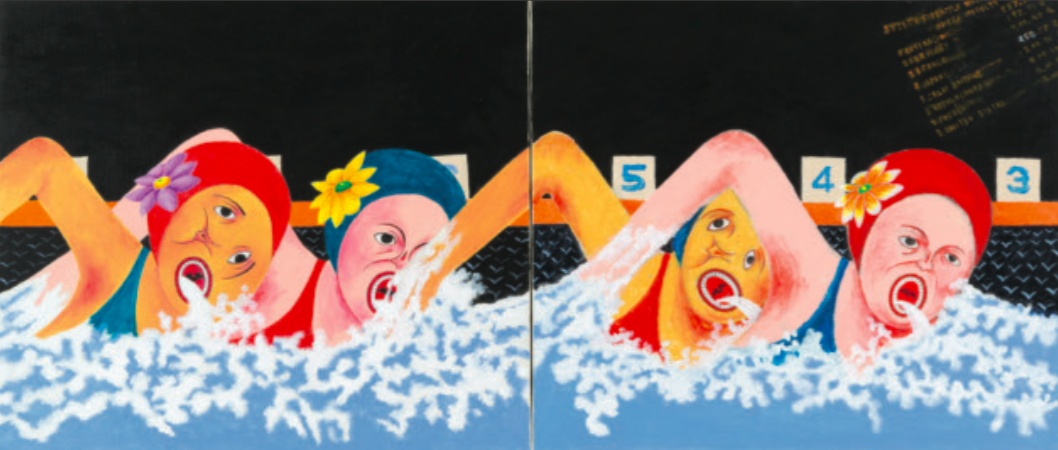For the 1964 World’s Fair, architect Philip Johnson selected ten emerging artists to produce site-specific works for the New York State Pavilion. While the other artists chose to create artworks that reflected their traditional style, Andy Warhol enlarged the mugshots of NYPD’s 13 most wanted criminals of 1962 and printed them on silkscreen, displaying the tiled photographs in plain view of the World’s Fair. Governor Nelson Rockefellar found the piece inappropriate and 13 Most Wanted Men was painted over with silver and later destroyed. Fifty years later, the Queens Museum pays tribute to the controversial series with “13 Most Wanted Men: Andy Warhol and the 1964 World’s Fair,” an exhibition which frames the piece with archival documents as well as other works by Warhol. We talked to curator Larissa Harris about 13 Most Wanted Men.
WHITEWALL: The exhibition incorporates silkscreen prints from Warhol’s 13 Most Wanted Men, other works by the artist, and documents that contextualize the World’s Fair. What was your process of selecting what to include in the exhibition?
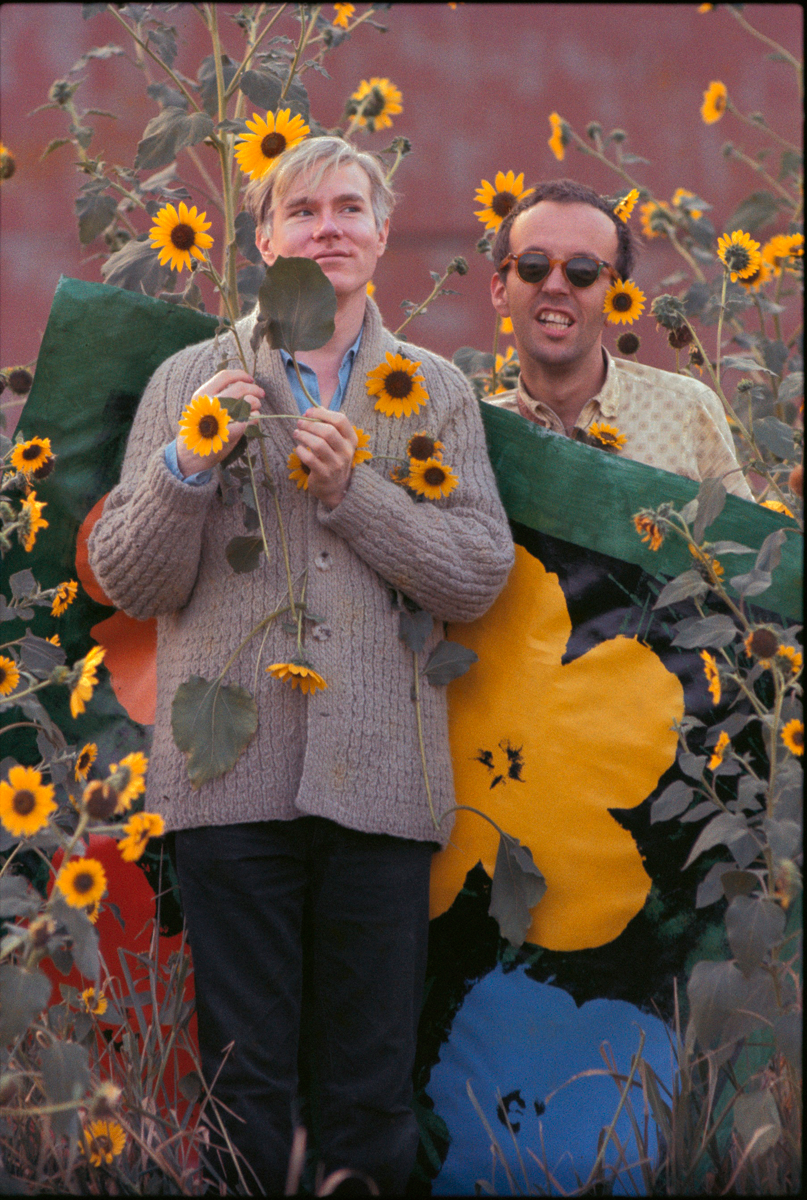
Installed on the exterior of the New York State Pavilion. © 2014 The Andy
LARISSA HARRIS: The Wanted Men canvases were the obvious centerpieces of the exhibition, and the additional materials on the walls were meant to give a sense of his milieu and his career at the time. The materials in the vitrines are mostly from Warhol’s own Time Capsules, which have been catalogued by The Andy Warhol Museum archives staff over the last 20 years. We were very lucky to be able to build on their work.
WW: Also included are descriptions of the NYPD’s 13 most wanted men and their crimes. How do you think this frames the work, to put the story to the face?
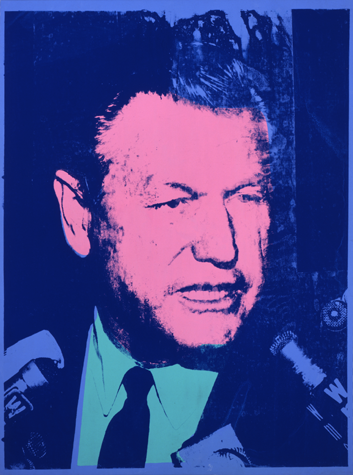
Warhol Foundation for the Visual Arts, Inc. / Artists Rights Society (ARS),
LH: They become real, local, and particular. In a way, they also become less real, because the 13 most wanted pamphlet places them 50 years ago or more. The mugshot canvases themselves are timeless in comparison.
WW: Rockefellar, who ordered 13 Most Wanted Men to be painted over, was a patron of the arts, but also was running for president. The reason he gave was that seven of the 13 men were Italian and he didn’t want to alienate that constituency. What do you think the real reason it was painted over was?

New York
LH: I think this was a real reason, but I also think that the piece was simply outrageous. I am still astonished it made it up there in the first place.
WW: Later Warhol said he was glad it was taken down because he would feel responsible “if one of the criminals ever got turned in to the FBI because someone had recognized him from my pictures.” Do you think he empathized with the criminals?
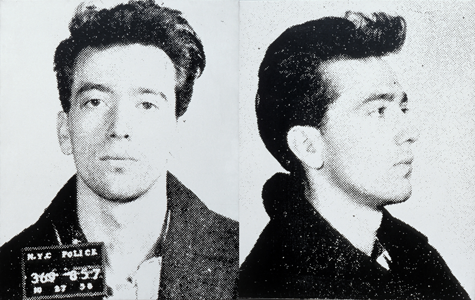
LH: I do, I think he identified with them.
WW: Several newspaper clippings, letters, telegrams and contracts are included in the exhibition. How did the museum unearth these archival documents?
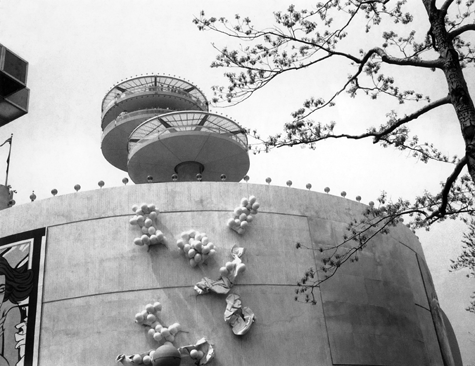
© William John Kennedy; Courtesy of KIWI Arts Group
LH: These were found by Andy Warhol Museum staff in Warhol’s Time Capsules, and we were able to access them by consulting their chief archivist, Matt Wrbican, and searching their Time Capsule catalogue. Matt was extremely generous with his time and his ideas—he was central to that aspect of this project.
WW: The collection of Screen Tests, 13 Most Beautiful Boys is also included. How do you think this piece relates to 13 Most Wanted Men?
LH: Obviously the title comes from the same source as the 13 Most Wanted Men. Warhol was a great collector, and I think of the 13 Most Wanted Men as a kind of “found” collection. Similarly when he started making Screen Tests, it was a way of somehow “collecting” people—recording those who came through the Factory, flattering them, and experimenting on them (it’s quite an endurance test to sit still and try not to blink for three minutes, under bright lights). The Hollywood screen test, like the mugshot, the photo-booth strip, and the Polaroid (which of course he would use later, starting in the seventies) are all “industrial” or “workaday” photographic formats, which are meant to capture and even de-humanize, as opposed to “fine art” formats, which are meant to flatter or beautify or humanize. Warhol is always experimenting with how photographic machines can capture people – “capture” in all senses of the word.
WW: How do you think contemporary viewers relate to “13 Most Wanted Men” fifty years after it was created?
LH: Everyone I tell feels the shock of Warhol’s gesture without prompting. Putting currently at-large criminals up on the side of a building amidst a Fair meant to promote a positive image of New York and of the US brand of corporate and industrial capitalism to the world—well, it’s still unbelievable. I think people are excited to dig into the detective story of its creation and removal.
“13 Most Wanted Men: Andy Warhol and the 1964 World’s Fair” is on view at the Queens Museum through September 7, 2014.




